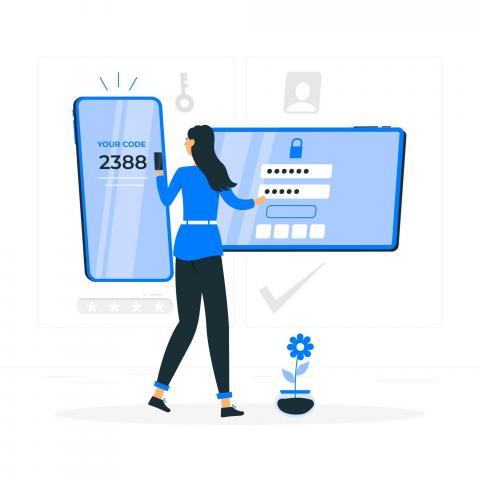
Have you ever logged into Spotify or another platform and noticed the option to sign in using Facebook or Instagram? This seamless experience is made possible through OAuth 2.0 technology and its authorization server.
OAuth 2.0 is an open standard for access delegation that facilitates easy integrations with various platform´s. It simplifies the user experience by allowing one platform to securely access data from another without needing to share passwords or other sensitive information.

How OAuth 2.0 Works
OAuth 2.0 operates through interconnected APIs that enable the smooth exchange of permissions and data via API keys and tokens. These tokens facilitate the secure transfer of information from one platform to a web or mobile application.
Think of OAuth 2.0 as more of a framework rather than a specific protocol. It delegates access from a source authentication server to a third-party application by issuing and validating tokens for online services.
Key Advantages of OAuth 2.0
- Manage Various Grant Types OAuth 2.0 supports four grant types: authorization code grant, implicit grant, password grant, and client credentials grant. These grants help manage and simplify integration with a variety of APIs.
- Simplified Communication Between Platforms OAuth 2.0 involves three main components in its process: the resource owner, the client application, and the authorization server (OAuth). It streamlines communication between these entities, allowing for quick and efficient data retrieval.
- Widely Used Across Platforms Many companies and platforms use OAuth for authorization, eliminating the need for users to create new accounts for third-party applications.
- Enhanced Data Protection OAuth API authentication solutions, utilizing API keys and tokens, allow secure exchanges of information. This ensures that sensitive data is protected throughout the process.

How OAuth 2.0 Works in Four Simple Steps
- App Requests Authorization: The application requests permission from the user.
- User Grants Authorization: The user authorizes the application and provides proof.
- App Presents Proof to Server: The application presents the proof of authorization to the server in exchange for a token.
- Token Limits Access: The token restricts access to only the areas the user has authorized for the specific app.
OAuth 2.0 offers a secure, flexible, and streamlined solution for integrating third-party services while protecting user data. If you're looking to implement this solution to enhance your user login experience, Rootstack can help you get started.

